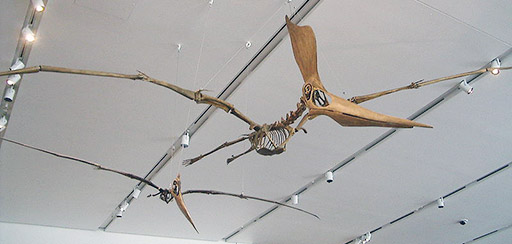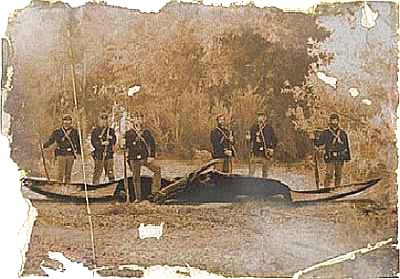
005 – Dr. Dave Martill & Pterosaurs
In this episode
- Pterosaurs are not dinosaurs, but it is believed that they are closely related. The common ancestor that would prove this relationship has yet to be found.
- Pterosaurs had a remarkable number of variations in their body configurations. Big and small crests, long and short tails, big variety in wingspan, dental variation and and other features existed throughout the various pterosaur species.
- The[2009] article about pterosaurs in New Scientist which discussed new fossils showing pterosaurs as fuzzy wasn’t as groundbreaking as the text implied. It was already well known that some pterosaurs were fuzzy.

Dr. Dave Martill, University of Portsmouth, co-author of The Crato Fossil Beds of Brazil: Window into an Ancient World.
- The fuzz on the pterosaurs implies that they were endothermic and needed the insulation to protect their body heat when they were small bodied. But this is still unresolved.
- The pterosaurs died out 65 million years ago during the KT extinction event. If any did survive Dr. Martill believes it would have to be in some absurdly remote place since the creatures fly — and flying around in the air is a terrible way to hide.
- There is a “Lost World” type place in Brazil where scientists have found pterosaurs — but only within fossil strata.
- Pterosaurs have been found all over the world.
- Baby pterosaurs had very similar proportions to adults — which is quite different from birds and has interesting implications.
- Teeth evidence suggests they ate fish, but little direct evidence tells us about what they ate.
- The teeth across species had an amazing diversity in shape and number.
- Dr. Martill likes the pterosaurs in “Walking with Dinosaurs” as well as the one in Jurassic Park III.
- Size variation of pterosaurs is because of the wonderful utility and variability in bone.
- Some forms of pterosaurs could be 9–10 meters in wingspan.
- There is good fossil evidence that clearly shows pterosaurs were quadrupedal. Dr. Martill explains how we know this.
- Many sightings which are characterized as “pterosaur-like” don’t appear to match modern knowledge of pterosaur appearance/behavior.
- Dr. Martill enjoyed his trip to PNG with MonsterQuest.
- He reiterates how wonderful it would be if there really were a colony of living pterosaurs anywhere in the world today.
- A surviving pterosaur would delight science — and in no way falsify the theory of evolution or shake the foundations of paleontology.
- The video evidence for ropen as described in MonsterQuest didn’t prove the lights were from an animal.
- The lights described by PNG locals sounded much like local airlines and matched airline routes.
- The bioluminescence described with the ropen is particularly unlikely in that no known terrestrial vertebrates have the trait.
- Dr. Martill found no compelling evidence for the existence of the ropen during his trip to PNG.
Some creationists believe that humans, dinosaurs and pterosaurs co-existed on earth as recently as 10,000 years ago. The scientific evidence does not support this hypothesis. A photograph allegedly showing a dead pterosaur with some American civil-war soldiers is shown on some creationist and cryptozoology sites.

Dead “Thunderbird” from Objective Ministries site
It is very similar to a faked photo from the cancelled television show FreakyLinks, produced by the makers of the film The Blair Witch Project. It is fun to imagine pterosaurs flying around in modern times, but there is no evidence that any of these creatures survived the KT Extinction some 65 million years ago.
[2021 Update: A January 2019 episode of Skeptoid did a very excellent job of explaining that both of the popular “civil war thunderbird” photos are definitively from Freaky Links. Also – Dr. Karl Shuker followed up on this in Fortean Times #400 Christmas 2020, page 24-25.]
Episode Transcript
Read a complete transcript of this episode